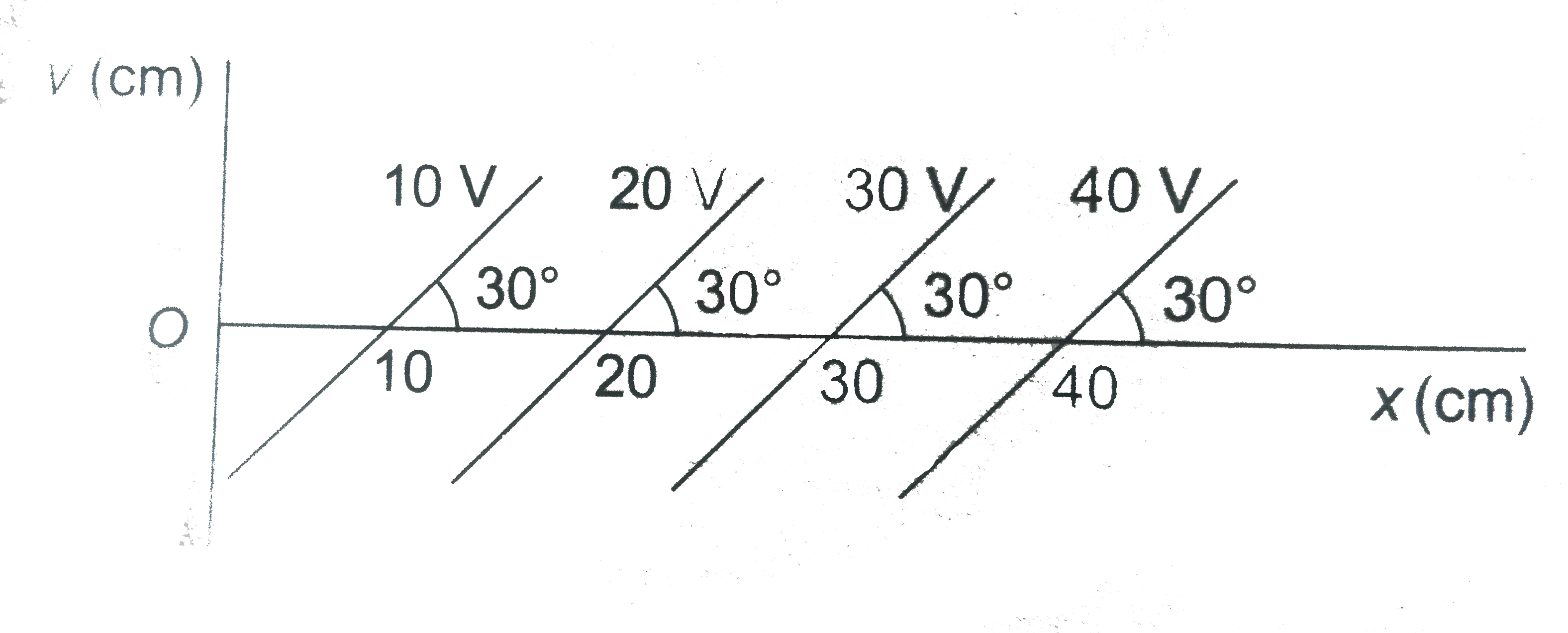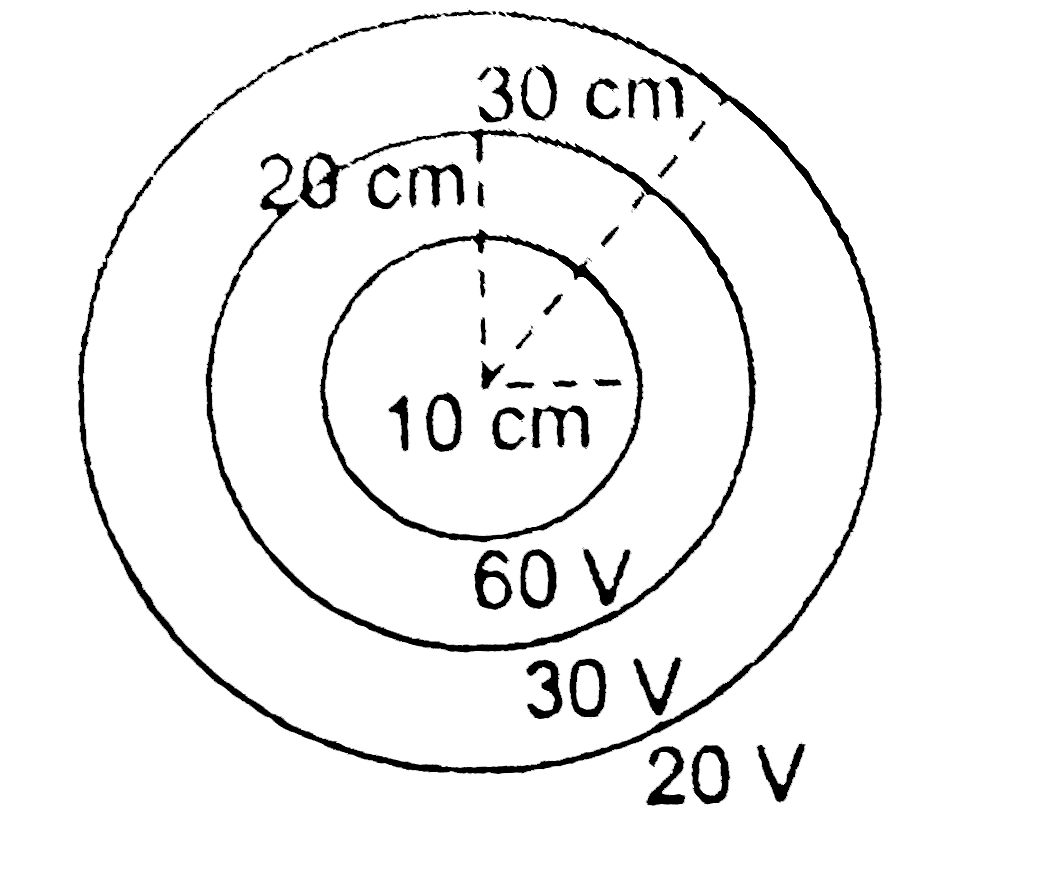In a uniform electric field , equipotential surface must
(i) be plane surfaces
(ii) be normal to the direction to the filed
(iii) be spaced such that surfaces having equal difference in potential are separated by equal distances
(iv) have decreasing potentials in the direction of field
be plane surface
be normal to the direction of the field
be spaced such that surfaces having equal differ- ences in potential are separated by equal distance
have increasing potentials in the direction of the field
The correct Answer is:A, B, C
Step by step video, text & image solution for In a uniform electric field , equipotential surface must (i) be plane surfaces (ii) be normal to the direction to the filed (iii) be spaced such that surfaces having equal difference in potential are separated by equal distances (iv) have decreasing potentials in the direction of field by Physics experts to help you in doubts & scoring excellent marks in Class 12 exams.
Updated on:21/07/2023Topper's Solved these Questions
- ELECTROSTATICS - I BOOK - MOTIONCHAPTER - ELECTROSTATICS - I EXERCISE - EXERCISE - 2 (Level -II) (Section F)
1 Video
- ELECTROSTATICS - I BOOK - MOTIONCHAPTER - ELECTROSTATICS - I EXERCISE - EXERCISE - 3 (Level -I) (Section A)
7 Videos
- ELECTROSTATICS - I BOOK - MOTIONCHAPTER - ELECTROSTATICS - I EXERCISE - EXERCISE - 2 (Level -II) (Section D)
2 Videos
- ELECTROSTATICSBOOK - MOTIONCHAPTER - ELECTROSTATICSEXERCISE - Exercise -3 Section (B) Previous Year Problems | JEE Main
30 Videos
- ELECTROSTATICS-IIBOOK - MOTIONCHAPTER - ELECTROSTATICS-IIEXERCISE - Exercise - 4 (Level - II)
30 Videos
Similar Questions
Knowledge Check
Some equipotential surfaces are shown in figure . The magnitude and direction of electric field is
 A2V/cm at angle 120∘ with +ve x-axis in anticlockwise directionB2V/cm at angle 120∘ with +ve x-axis in clockwise directionC1V/cm at angle 150∘ with +ve x-axis in anticlockwise directionD1V/cm at an angle 120∘ with +ve x-axis in clockwise direction
A2V/cm at angle 120∘ with +ve x-axis in anticlockwise directionB2V/cm at angle 120∘ with +ve x-axis in clockwise directionC1V/cm at angle 150∘ with +ve x-axis in anticlockwise directionD1V/cm at an angle 120∘ with +ve x-axis in clockwise directionWhat is not true for equipotential surface for uniform electric field ?
AEquipotential surface is flatBEquipotential surface is sphericalCElectric lines are perpendicular to equipotential surfaceDWork done is zeroWhat is not true for equipotential surface for uniform electric field ?
AEquipotential surface is flatBEquipotential surface is sphericalCElectric lines are perpendicular to equipotential surfaceDWork done is zero
Draw equipotential surfaces for a uniform electric field along z-axis.
View SolutionSome equipotential surfaces are shown in figure. What can you say about the magnitude and the direction of the electric field ?

View SolutionRelation between field and potential|| Equipotential surface
View SolutionSome equi-potential surfaces are shown in figure. What can you say about the magnitude and the direction of the electric field ?

View Solution“For any charge configuration, equipotential surface through a point is normal to the electric field.” Justify.
View Solution